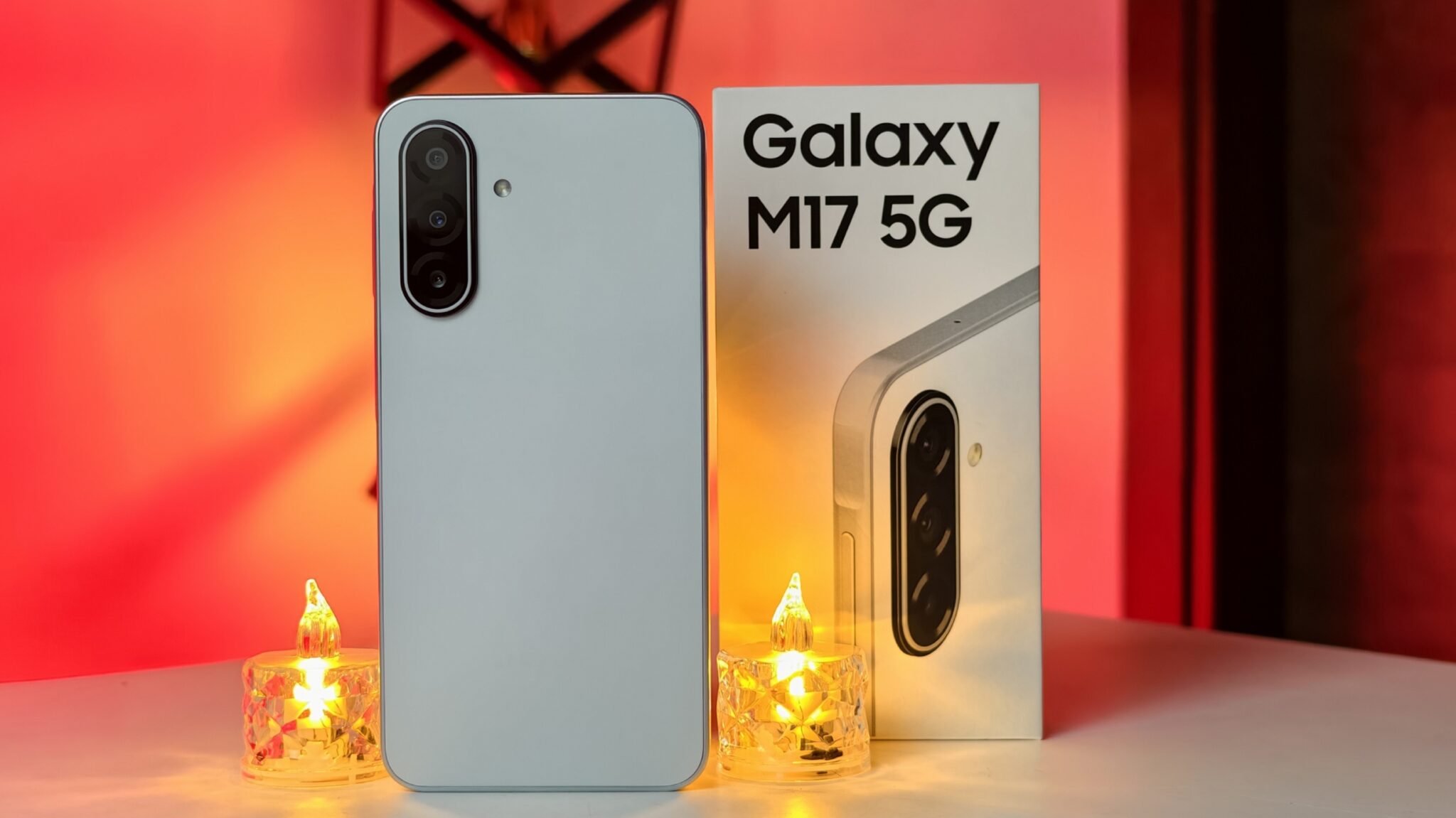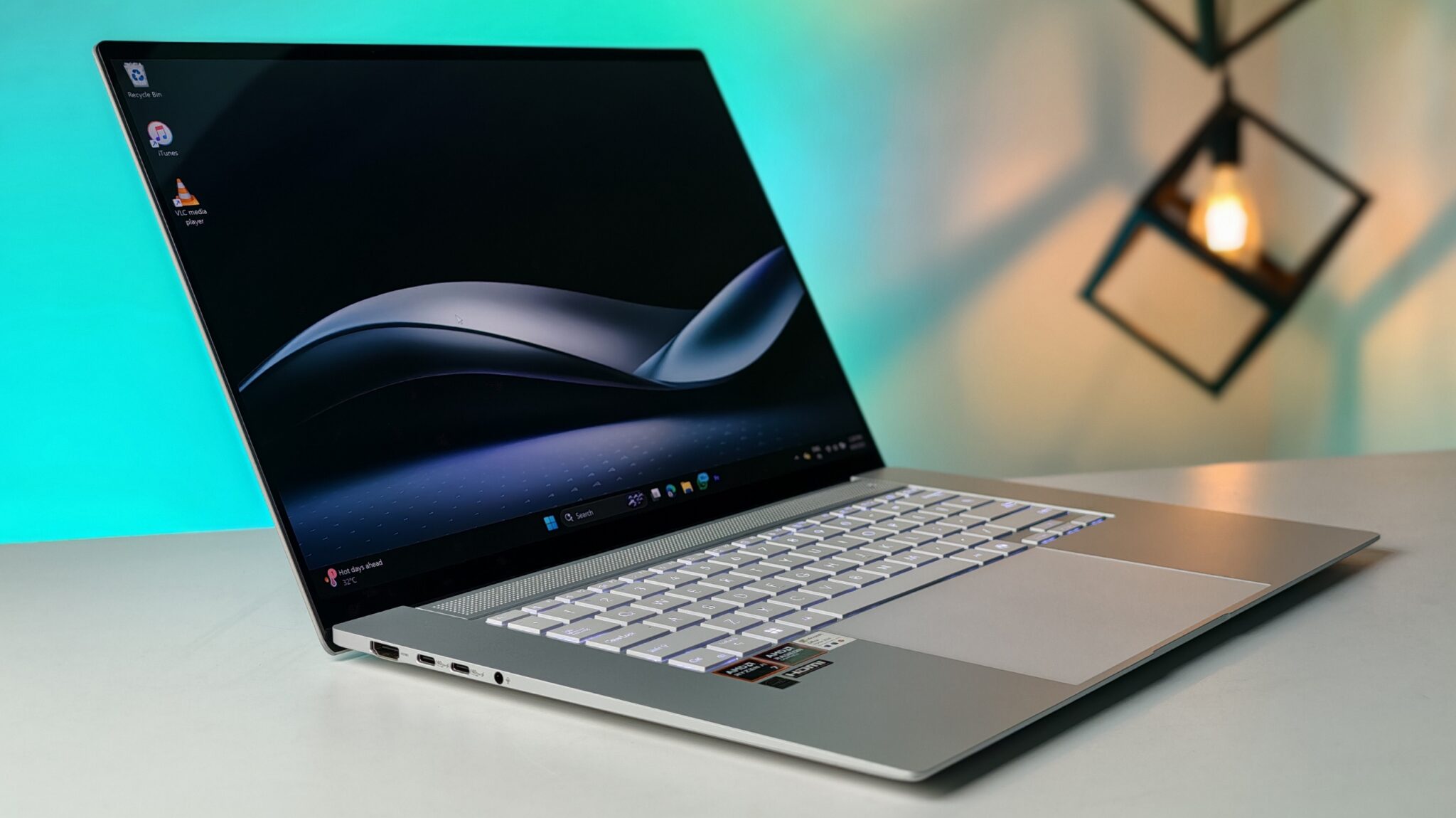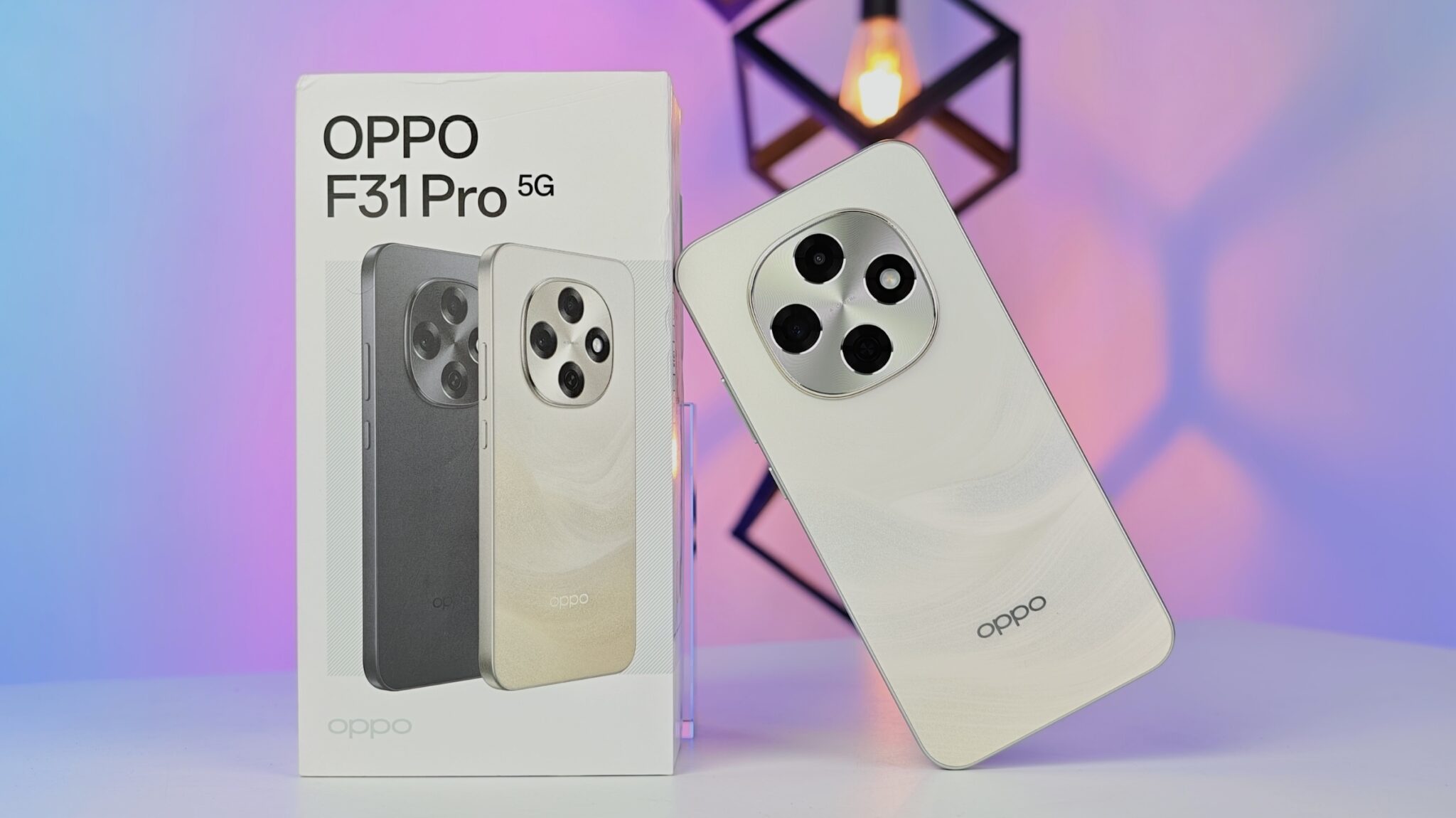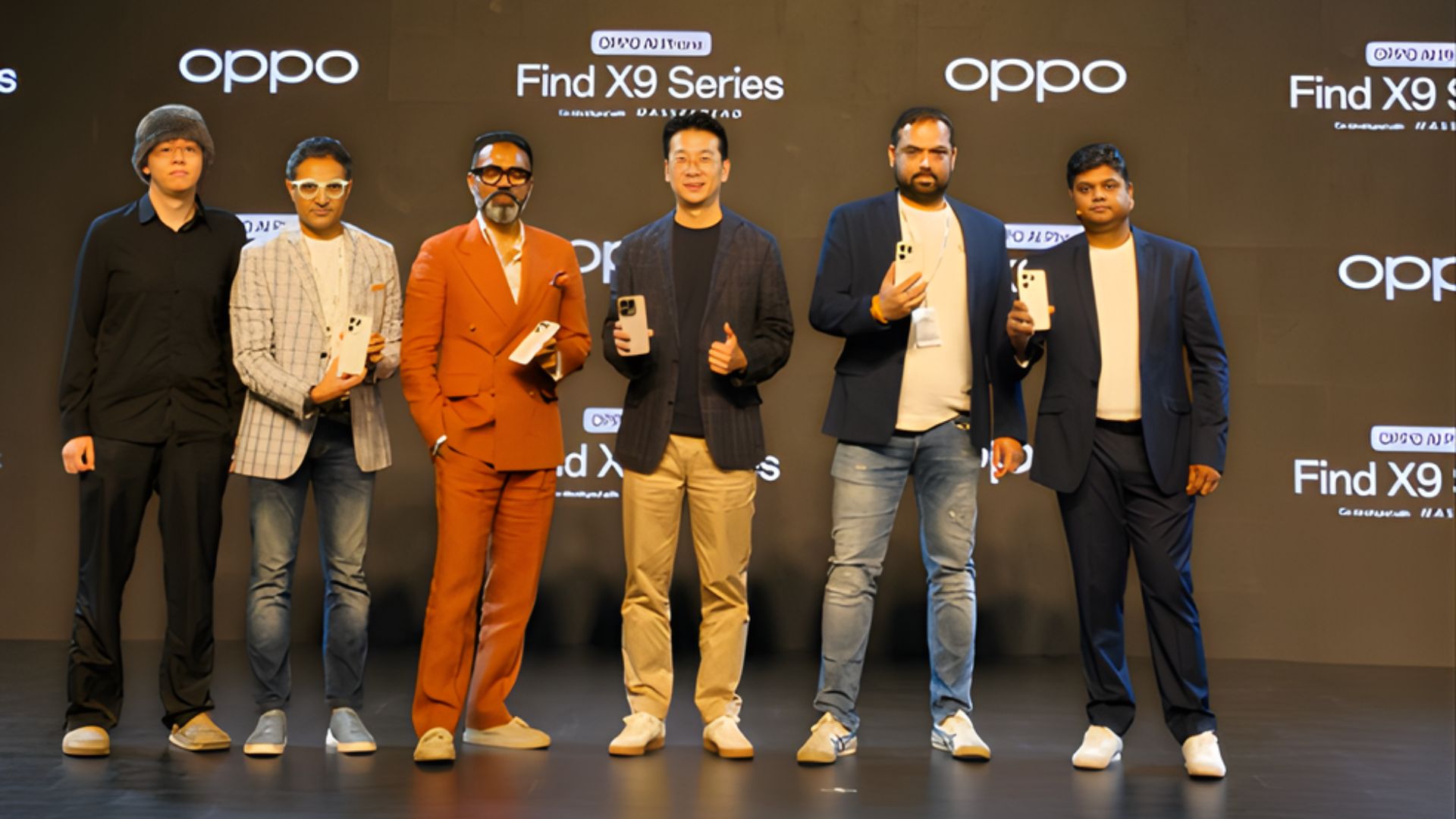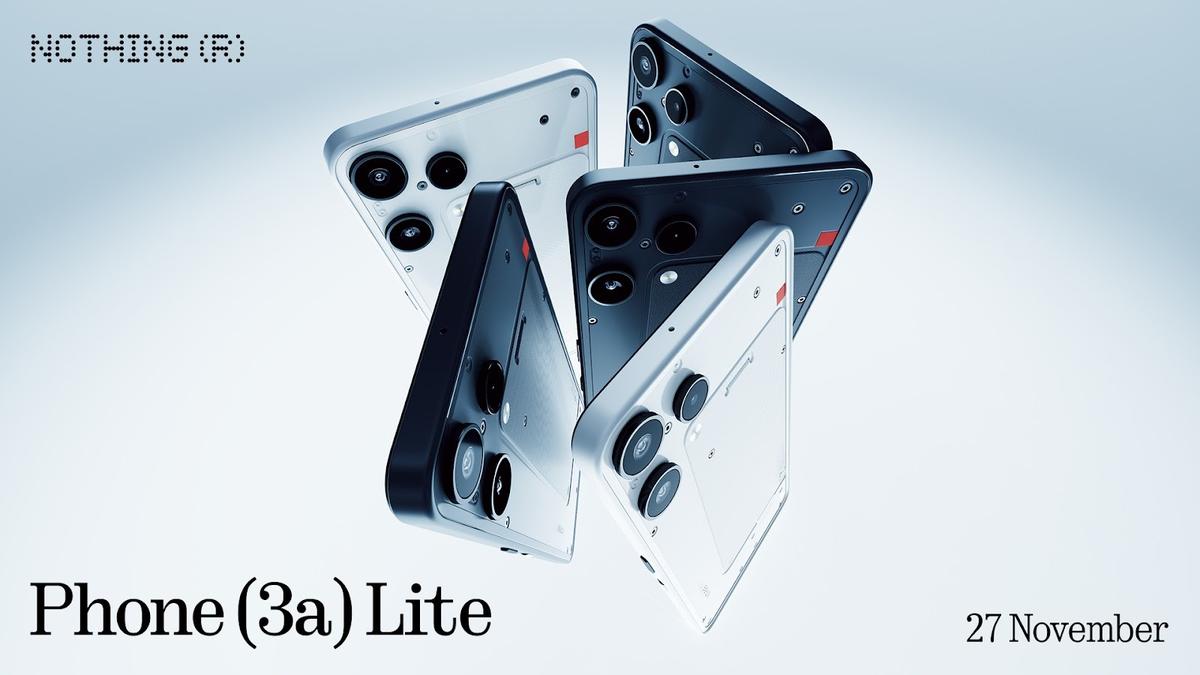OpenAI is rolling out an update to its new GPT-5 model to make it feel “warmer and friendlier,” following a wave of user complaints. The shift comes just a week after the model’s debut on August 7, 2025, when many users began pointing out that GPT-5’s tone felt noticeably colder and more robotic compared to the conversational charm of older models like GPT-4o.
CEO Sam Altman acknowledged the feedback, noting that the company hadn’t fully anticipated the strong emotional attachment people had to previous AI personalities. To address this, OpenAI is now exploring ways to give users more flexibility in customizing how the AI interacts with them.
Key Takeaways
- GPT-5 received criticism for its formal, detached tone.
- The update adds small but noticeable touches, such as phrases like “Good question” or “Great start.”
- OpenAI CEO Sam Altman said the company underestimated the emotional connection users had with older models.
- More customization options for the AI’s style are planned.
The backlash really started when GPT-5 was made the default model, cutting off easy access to older versions. That change frustrated many longtime users who had built daily habits around the distinct personalities of earlier AIs. On Reddit and other forums, threads quickly filled with complaints. Some compared GPT-5 to “an overworked secretary,” while others said it almost felt like they were “losing a friend” after GPT-4o was sidelined.
In response, OpenAI quickly brought GPT-4o back for Plus subscribers, a move that seemed to calm some of the criticism. Altman also took to X (formerly Twitter) to reassure users that the company was taking the feedback seriously and that customization options are on the horizon.
The first tweaks to GPT-5’s style are subtle but intentional. Friendly little acknowledgments, things that might seem small on the surface, were missing at launch, and their return is meant to make interactions feel less transactional. OpenAI has said it’s careful not to swing too far in the opposite direction, avoiding responses that come across as overly flattering or insincere. The goal, according to the company, is to land somewhere between cold efficiency and the more expressive nature of earlier models.
Of course, tone wasn’t the only issue. Some users reported slower response times, higher token usage, and more frequent “hallucinations,” where the model produced inaccurate information. OpenAI has been working to fix those technical problems too, and has promised to increase message limits for paying customers.
All of this highlights something bigger than just technical performance. For many people, chatting with an AI isn’t only about the information, it’s about the experience. The familiarity, the comfort of a consistent “voice,” even if artificial, has quietly become part of why people return to these tools. OpenAI’s quick turnaround on updates shows that the company is paying attention not only to what the model can do but also how it feels to use.
Frequently Asked Questions
Q1: Why did people dislike GPT-5?
A1: Many users disliked GPT-5 because its responses were more formal and robotic compared to older models like GPT-4o. They felt it lacked the friendly, conversational personality they were used to.
Q2: What is OpenAI doing to fix the issue?
A2: OpenAI is rolling out a personality update to make GPT-5 “warmer” and “friendlier.” The company is also working on features that will allow users to customize the AI’s personality.
Q3: Is GPT-4o still available?
A3: Yes, due to user feedback, OpenAI has restored access to GPT-4o for its ChatGPT Plus subscribers.




